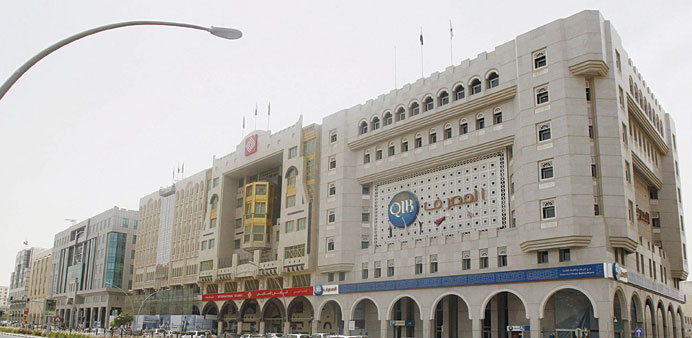Islamic banking assets in the Gulf Co-operation Council (GCC) region is expected to exceed $515bn by the end of this year, according to global consultant Ernst & Young (E&Y).
Saudi Arabia was the biggest market with an estimated $245bn in assets in 2012, followed by the UAE with more than $80bn and Qatar with $53bn.
“There are six markets that are systemically important to future internationalisation of the Islamic banking industry. They are Saudi Arabia, Malaysia, the UAE, Qatar, Indonesia and Turkey,” according to Ashar Nazim, Partner, Global Islamic Banking Centre of Excellence, E&Y.
E&Y said a common theme across leading GCC Islamic banks is the fundamental repositioning of their balance sheets and their business following the global financial crisis in 2008.
“Going forward, many Islamic banks are looking to expand regionally, where a sizeable amount of their revenues are expected to be generated from outside their local market,” it said.
Stressing that the progress of the industry is not without challenges, E&Y said large scale and technology-enabled transformation around customer centricity remains a critical consideration for Islamic banks which intend to become mainstream in their respective markets.
“The rapid growth of Islamic banks over the years has also been costly due to increased operational complexity as the banks transform from operating in a single market to becoming multi-jurisdiction businesses,” Nazim said.
These factors have had an impact on profitability, which despite gains, still remains approximately 18% lower compared to their conventional banking peers, he noted.
“A significant change is required to sustain and improve performance with regard to organisational capacity and the capabilities of the Islamic banks which intend to expand,” he said.
Qatar market upgrade to lure institutional investors: HSBC
Qatar’s recent upgrade to ‘emerging’ market from ‘frontier’ status will capture the attention of institutional investors in a big way and the 2022 World Cup will trigger $70bn of infrastructure spend, according to HSBC, a global banking giant. This was aired by Simon Williams, chief Middle East economist at HSBC, at the 16th Middle East economics road-show, which was held in Doha yesterday.
“Qatar is the fastest growing and richest country in the Middle East. It remains one of the strongest growth stories in the region, with the highest GDP (gross domestic product) per capita, some of the largest surpluses and the fastest growing non-oil sector,” he said.
Both MSCI and Standard & Poor-Dow Jones had recently upgraded Qatar into ‘emerging’ market from the ‘frontier’ status, a move that could enhance the foreign funds inflow into the bourse.
Williams, however, said transforming the country from a hydrocarbon economy to a knowledge economy in time for the post-oil afterlife is the “longer-term challenge”.
“But there is strong evidence of good progress being made,” he told the road-show, which was attended by more than 170 people.
Stephen King, HSBC Group chief economist, highlighted the prospects of the wider Middle East region. The (Middle East) region - which comprises more than 20 countries with a population of more than 400mn people - has the potential to become an emerging market leader and engine of world growth,” he said.

